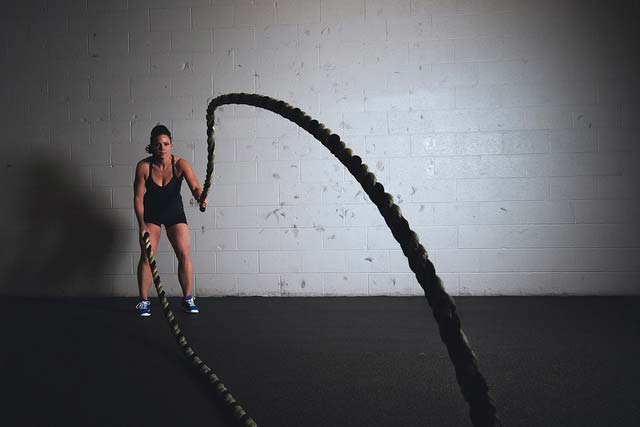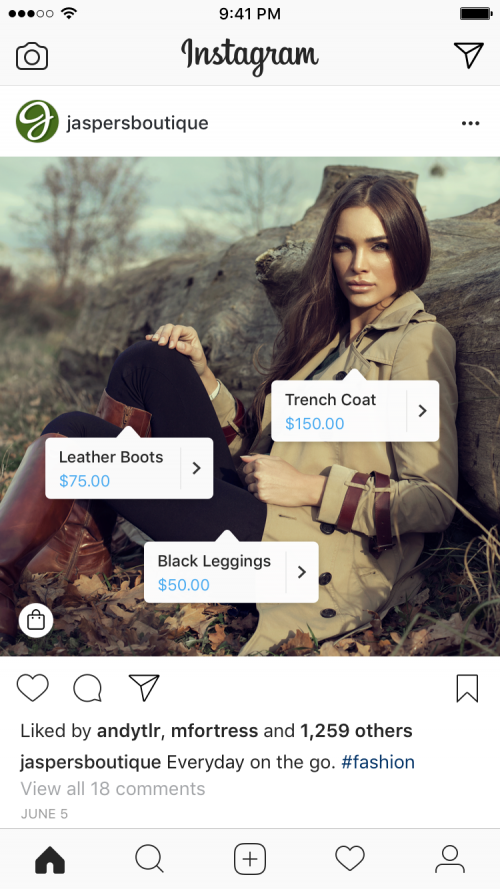If you sell gym and fitness clothing you will already know the importance of January. For the avoidance of doubt, or in case you need to convince colleagues, here’s a month by month breakdown of the search traffic for the search term ‘gym membership’.

The search traffic almost doubles from a constant level of around 6,600 searches a month throughout the rest of the year to 12,000 in January. You can see a very similar trend when you check the search traffic for ‘fitness gear’ or ‘gym clothes’. Interestingly, other sports, health and fitness markets have a different profile when it comes to peak demand. For example, ‘netball’ peaks in September.
So what’s to be done? Just as beach bodies are built in winter, a healthy boost in eCommerce revenue needs to start now. Here’s our three steps to new year digital marketing happiness for gym and fitness clothing retailers.

1. Get your site well toned for organic search
Making the most of organic search remains the most cost-effective form of digital marketing. It does, however, require planning ahead. September is the time to get the foundations right. To build your websites core strength. Here’s some questions to ask yourself:
Are your key category pages fully optimised for the keywords people are searching for?
Don’t guess those search terms, research them! If people are looking for ‘gym clothes worn by Kendall Jenner’ and you sell them, make sure it’s on the page. But keep checking. Nothing goes in and out of fashion like celebrity. If ‘Loose Fitting Gym Wear’ is your thing and there is search traffic for it, then go for it. But research, don’t guess. And don’t forget the obvious, ‘gym clothes for men’ and ‘gym clothes for women’ are high on lists of most searched for gym clothing keywords attracting an average of 12,100 and 9,900 monthly UK searches respectively.
Now you know what products sell but you may find yourself using the technical industry wording for it. The point of keyword research is to find out the words your customers are using. If you have a Google AdWords campaign you can use it to see the actual search queries people typed into Google to buy from you. That’s great intelligence for your organic campaign. It’s important to make them work together. That’s why ThoughtShift specialises in integrated search marketing campaigns.
Is your meta up to scratch?
Title tags are still the most important place to use your keywords. And the more product pages you have the more opportunities you have to make full use of those 60 characters. On a substantial site by far the best way of doing that is through advanced dynamic meta data optimisation which pulls in the different characteristics of the product from your database. It’s an exceptionally effective way of getting potential customers to the ‘buy now’ button for the very thing they are looking for.
2. Make the most of paid media
While there are more people looking for gym and fitness clothes in January, it’s also the time of year when your competitors will be bidding for the very search terms you want to be found for. That’s why October, November and December are the time to improve your Google AdWords Quality Score. By making sure your pages are super relevant for the keywords you are bidding for you will increase your Quality Score and find yourself paying less per click than your competitors but also appearing above them.
October and November are also a good time to make sure that you are making the most of every penny of that ad spend. Are you getting the highest possible search impression share for the profitable products that bring you revenue? Are you confident that you are not paying for keywords that are totally inappropriate for your business, probably as a consequence of broad match search terms and not enough Negative Keywords?
Part of the analysis ThoughtShift runs is our Backcast Analysis. It reviews the past performance of your paid media and reveals the potential revenue you could have been receiving from maximising your Search Impression Share on your bestselling products. It’s one of the techniques we used to increase the Return on Ad Spend for technical clothing retailer, Marine Super Store from 5:1 to 9:1 and beyond.

3. Digital PR to pump up brand recognition
It’s not just sales of gym and fitness clothing that peaks in January, it’s also the blog and magazine coverage. ‘How to choose the best gym gear’, ‘Top 10 tips for getting your body beach ready’, ‘Now’s the time to shed the Xmas spare tyre’. Sound familiar? Editors and bloggers want to have those January health and fitness features all tied up and ready to go well before they join the rest of us eating pickled onions and crisps in front of the telly.
So now is the time to get your creative juices running, outreaching to your network of fitness bloggers and of course starting to develop your pitches. Digital PR is great for brand awareness and for increasing your sites domain authority but, like everything else, it requires a strategic approach. That means auditing your brand’s social media profiles, creating great stories which will resonate with and excite readers, nurturing your relationships with those carefully identified influencers and making sure you have the means in place to monitor and respond to all the buzz your hard work has created.
So that’s three things to get in place well before the peak January period for gym and fitness clothing retailers. Our strong recommendation is that you don’t cherry pick but put them all together in an integrated approach with clear goals and timescales. Otherwise it’s going to be like working out to build your upper body but ignoring your legs and ending up looking like a triangle of Dairylea Cheese.

Photo: Hamza Butt
The great news about integrated digital marketing is that the channels all work together and multiply the benefits you would get from any one.
To start exploring what would be possible for you when it comes to toning your brand exposure, bulking up revenue and pumping up your return on investment, request your free digital marketing analysis.






